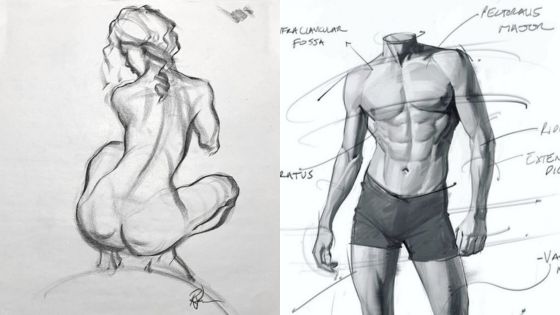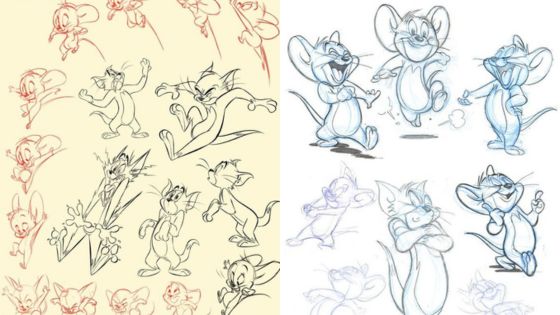Exploring the world of pencil drawing can be both exciting and rewarding. Artists of all levels can find inspiration through various drawing ideas that spark creativity and enhance skills. Whether someone is a beginner seeking guidance or an experienced artist looking for fresh concepts, there are countless pencil drawing ideas to ignite the imagination.
These ideas offer opportunities to experiment with different techniques and styles, helping to develop a personal artistic voice. From simple sketches to more complex subjects, each drawing can be a stepping stone toward greater proficiency and expression in art.
1) Still Life with Fruit
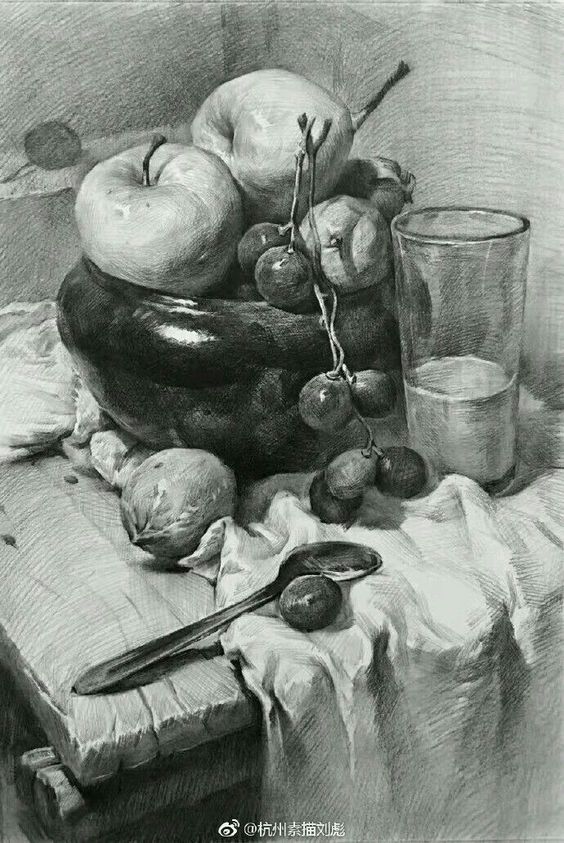
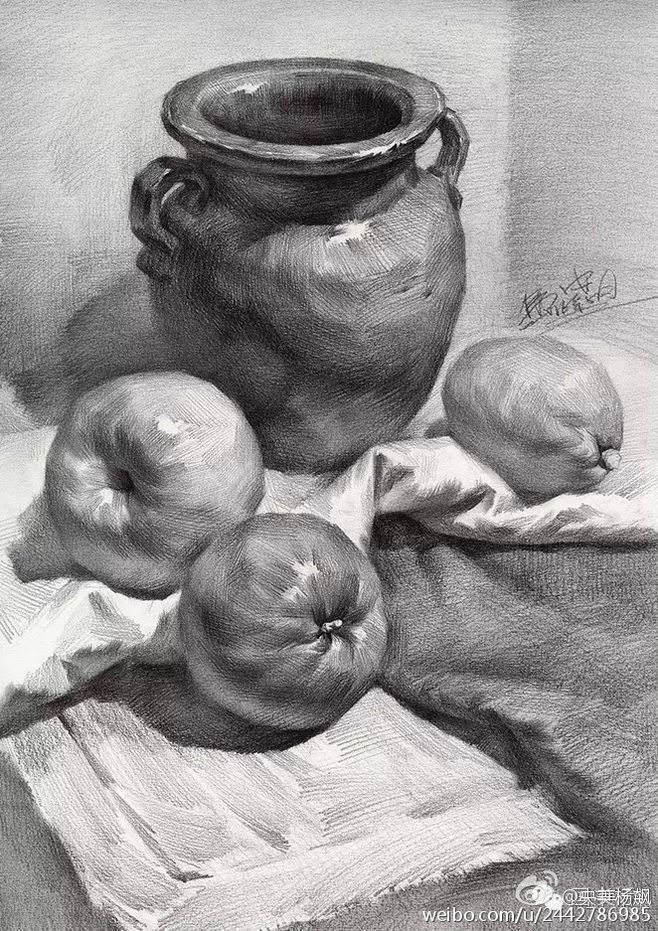
A still life with fruit is a classic subject for pencil drawing. It offers a wonderful opportunity to experiment with shapes, shadows, and textures.
Artists often choose a variety of fruits to create visual interest. Common choices include apples, bananas, and grapes. Each fruit presents unique challenges and rewards.
Setting up the arrangement is key. Placing fruits in a bowl or on a textured surface can enhance the composition. Natural light will help highlight the fruits’ curves and colors.
Pencil techniques play a crucial role. Using hatching and cross-hatching can add depth and realism. Artists may also use blending techniques to create smooth transitions between light and shadow.
This subject allows for both beginner and advanced artists to hone their skills. With careful observation and practice, they can capture the beauty of everyday objects. It’s a rewarding way to explore still life drawing.
Portrait of a Friend
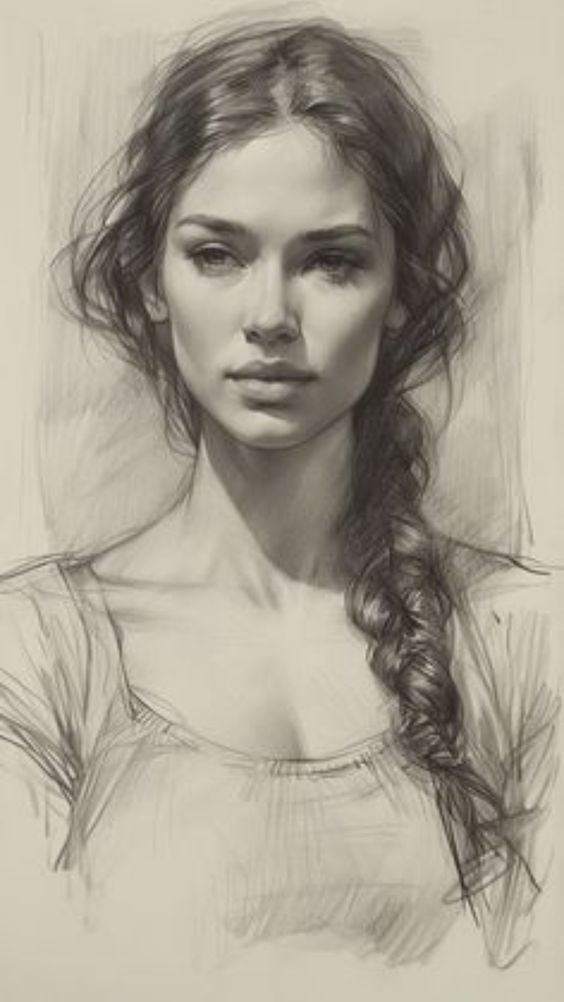
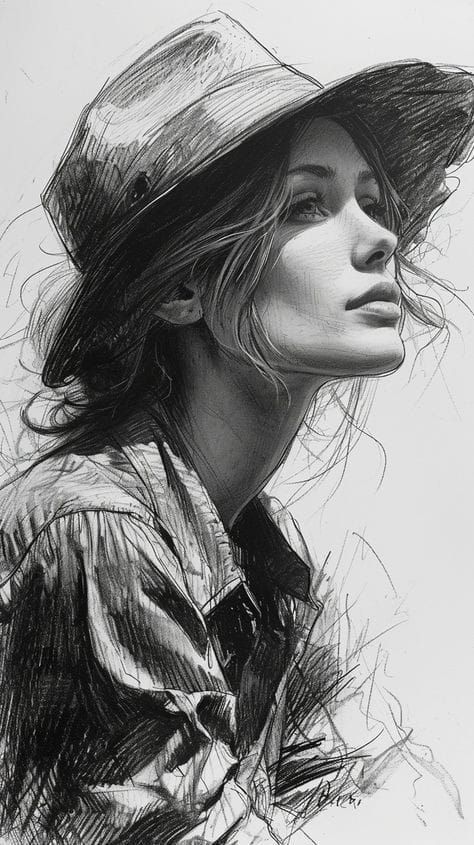
Creating a portrait of a friend can be an enjoyable and rewarding experience. It captures their personality and the essence of their character.
To begin, choose a well-lit photo of the friend. This image should showcase their features clearly. Good lighting helps in capturing details accurately.
Next, consider the setting and expression. A candid shot often reveals more about a person than a posed photograph. Focus on elements that highlight their unique traits.
When drawing, start with light outlines to map out facial features. Gradually build depth with shading to create realistic effects. This approach enhances their likeness.
Adding personal touches can make the portrait more meaningful. Include elements that represent shared memories or interests. A favorite object or background can enrich the story behind the portrait.
Remember to enjoy the process. Each stroke brings the artwork to life, showcasing not just the friend’s image but the bond shared.
3) Fantasy Landscape
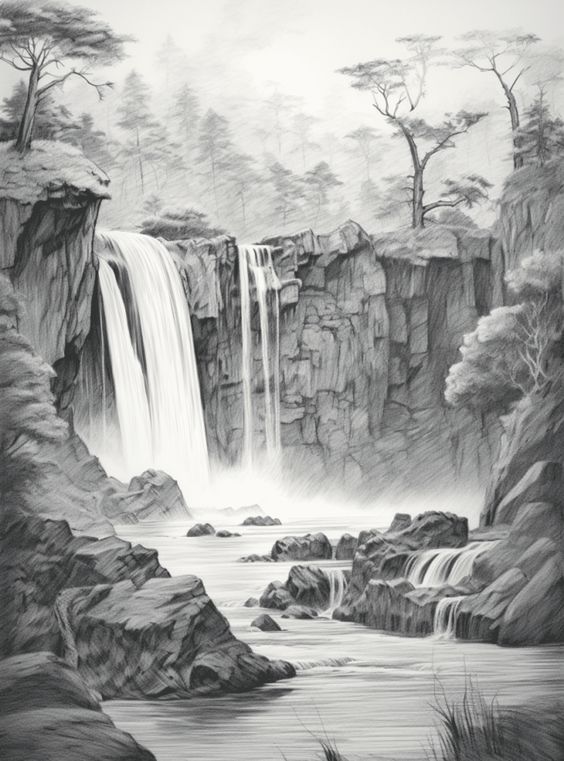
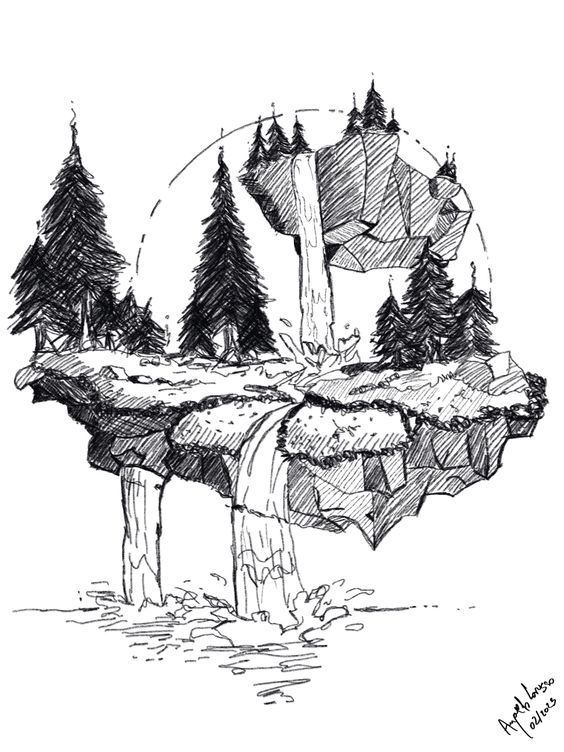
Creating a fantasy landscape allows for limitless imagination. Artists can combine elements from nature with whimsical themes, leading to unique scenes.
One approach is to merge different terrains. An artist might blend rolling hills with floating islands or peculiar rock formations. This adds visual interest and sparks curiosity.
Color choice is essential in fantasy landscapes. Using unexpected colors for trees or skies can enhance the otherworldly feel. Soft, pastel shades or vibrant hues can create a magical atmosphere.
Incorporating mythical creatures enriches the scene. A dragon soaring above a castle or fairies fluttering through a forest can bring the drawing to life.
Textures play an important role too. Artists should experiment with shading techniques to give depth to clouds or the ground. Each detail adds another layer to the fantasy world.
Fantasy landscapes provide an opportunity to escape reality. They invite viewers to explore new realms through the artist’s vision. With imagination and creativity, anyone can create a stunning fantasy landscape.
4) A Woodland Creature
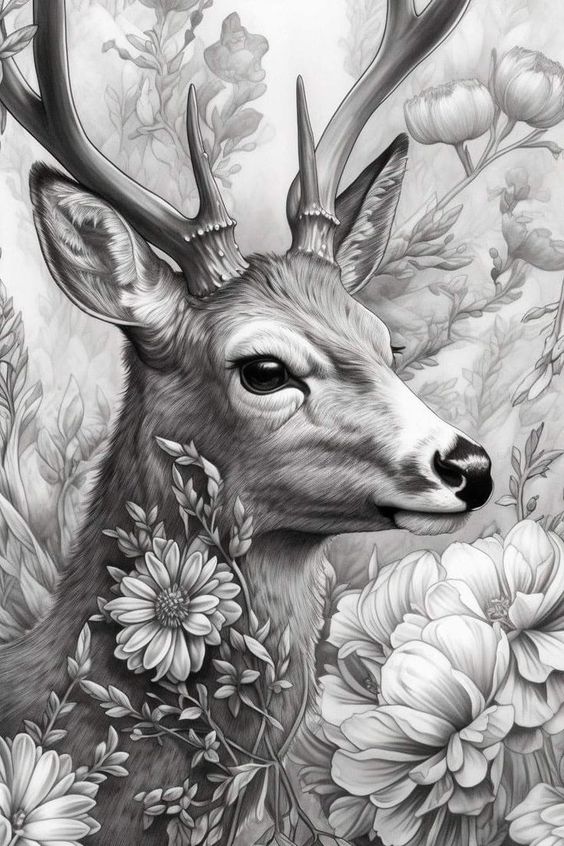
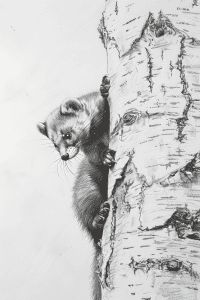
Pencil drawing of a woodland creature can be a delightful experience. Creatures like foxes, deer, and rabbits offer a variety of shapes and textures.
Artists can focus on the detailed fur of a fox or the gentle curves of a deer’s antlers. Each animal has unique characteristics that can inspire creativity.
Using references from nature can help artists capture realistic details. Observing their movements in the wild or through photographs can provide valuable insights.
Soft shading techniques can create depth and dimension in the drawing. Highlights in the eyes can bring the creature to life, evoking emotion and connection.
Setting the creature in a woodland background adds context. Trees, leaves, and flowers enhance the overall composition, creating a rich environment.
This subject allows for both realism and fantasy. Artists can choose to represent the woodland creature accurately or add imaginative elements.
Experimenting with different poses can result in dynamic artwork. Whether it’s a creature in motion or at rest, every perspective tells a story.
5) Cityscape at Night
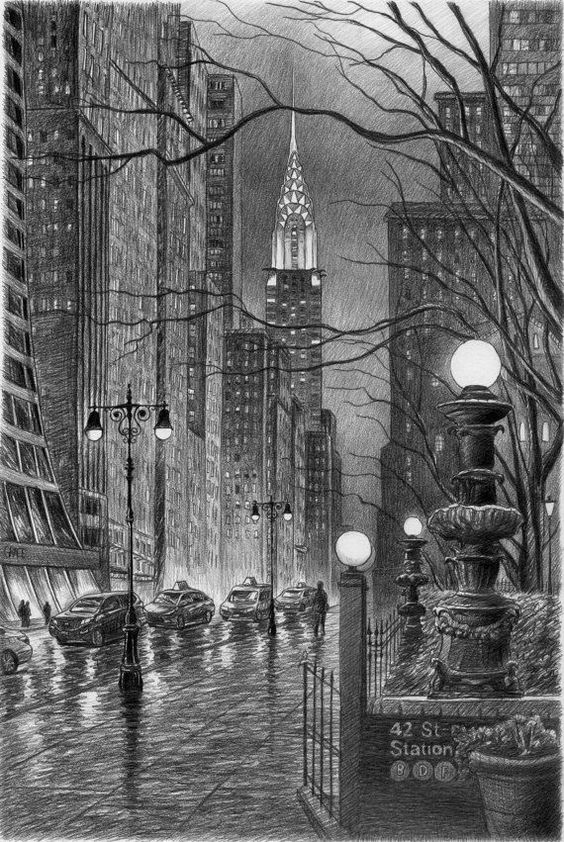
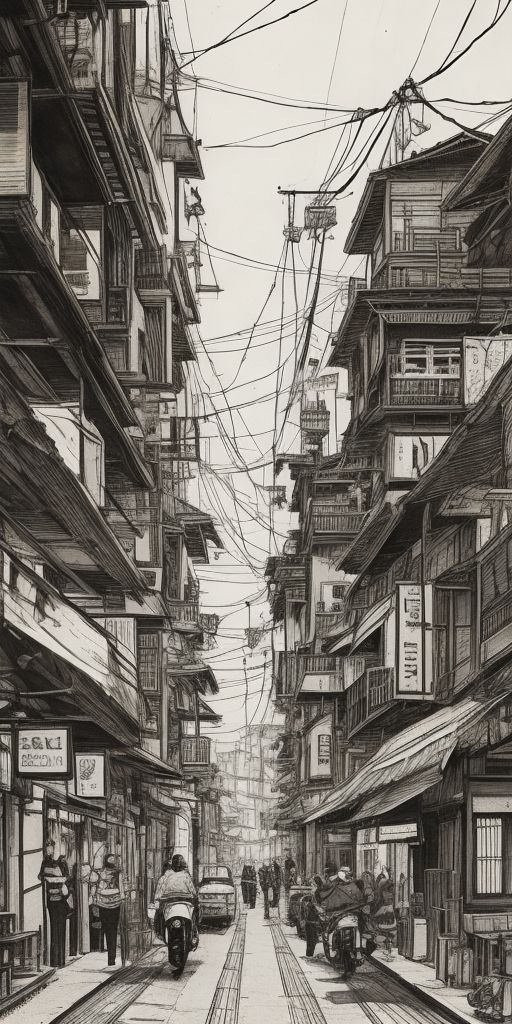
Creating a pencil drawing of a cityscape at night can be a rewarding experience. The contrast between light and shadow plays a crucial role in capturing the atmosphere.
Artists can focus on buildings illuminated by streetlights. Dark tones can depict the night sky while lighter shades represent glowing windows. This contrast adds depth to the drawing.
Including elements like trees or reflections in water enhances the scene. These details provide interest and can create a more immersive experience.
Experimenting with different pencil techniques, such as shading and blending, can help create a dramatic effect. Using softer pencils for shadows and harder ones for precise lines works well.
Adding texture to buildings by varying the pressure of the pencil can bring the cityscape to life. This approach makes the scene feel more dynamic.
The beauty of a nighttime cityscape lies in its ability to evoke emotions. It can represent tranquility or vibrancy, depending on the artist’s vision and technique.
6) Botanical Study
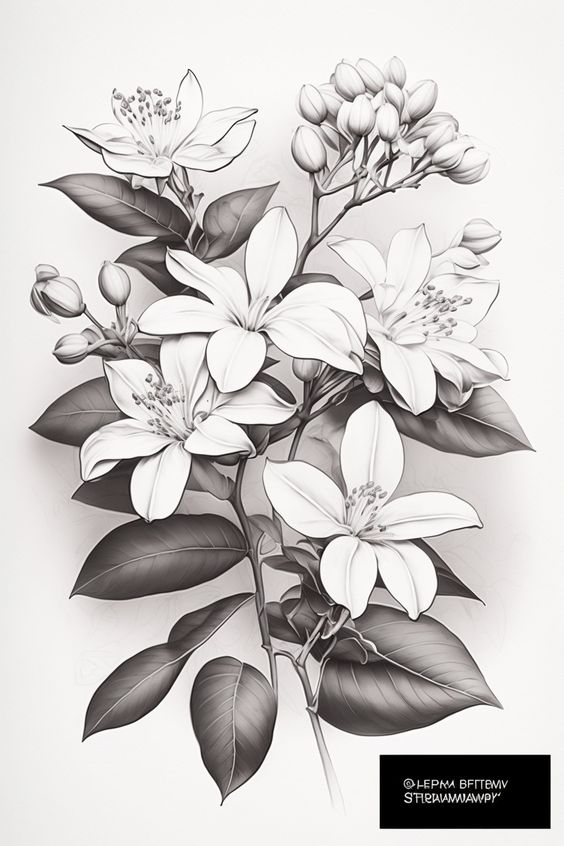

Botanical studies are a fantastic way to practice pencil drawing. They provide an opportunity to focus on detail, texture, and form.
Artists can choose from a variety of plants, flowers, or leaves. Each subject has unique characteristics that make it interesting to draw.
Observing how light interacts with different surfaces enhances the drawing experience. Shadows and highlights can bring depth and realism to the artwork.
Using reference photos can help when starting. This approach allows artists to capture intricate details without feeling overwhelmed.
Different techniques, such as shading and cross-hatching, can be used to simulate textures like bark or petal surfaces. Experimenting with these methods can lead to impressive results.
Botanical studies not only improve skills but also foster a deeper appreciation for nature. By engaging with their subjects, artists connect more intimately with the world around them.
7) Historical Building
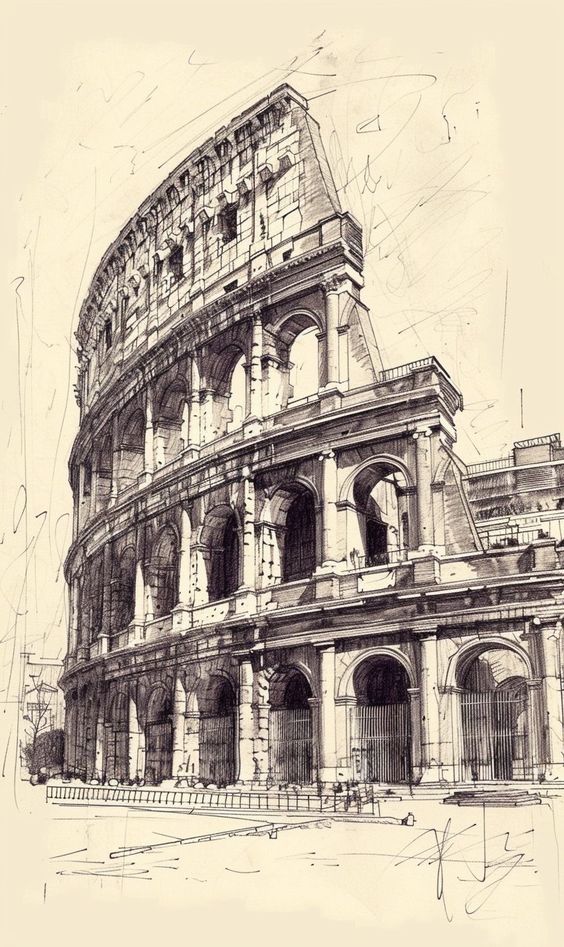
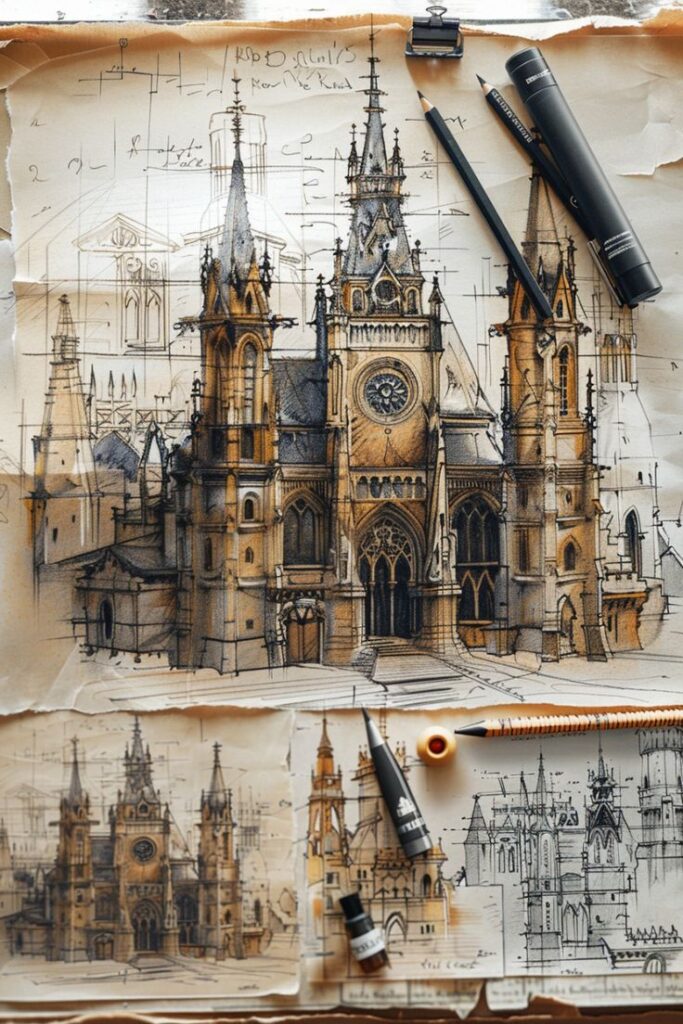
Drawing historical buildings can be a rewarding experience. Each structure carries a story, filled with unique architectural elements and rich history.
Artists can choose from various styles, such as Gothic cathedrals, ancient ruins, or colonial homes. Each type presents different challenges and details to capture.
Focusing on the textures of the materials, like stone or brick, can enhance the drawing. Shadows and light play a significant role in highlighting the building’s features.
Visiting a local landmark or exploring old neighborhoods can provide inspiration. Observing the structure in different lighting conditions can also offer new perspectives.
Using reference photos can help artists practice at their own pace. It allows them to study the intricate designs without feeling rushed.
By choosing a historical building, artists not only improve their skills but also connect with the past and share it through their art.
8) Wildlife in Motion
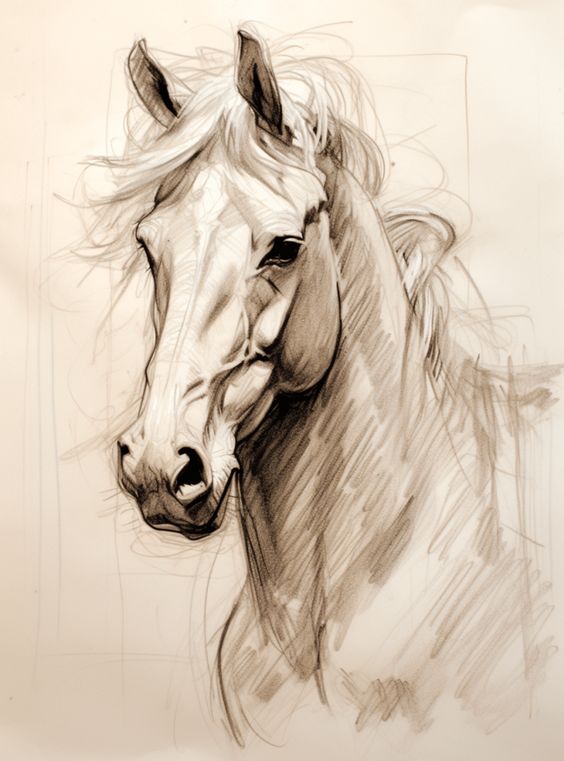
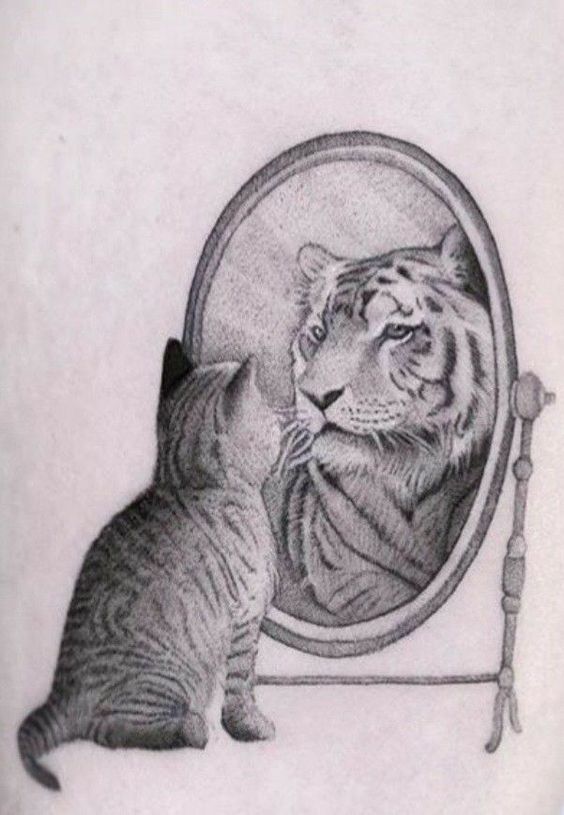
Pencil drawing wildlife in motion can capture the beauty and energy of animals as they move. This subject offers dynamic opportunities for artists to showcase their skills.
Choosing subjects like running horses or soaring birds can add excitement to the artwork. Observing real-life movements or studying reference images helps in understanding anatomy and posture.
Capturing the essence of movement might involve sketching quick gestures first. This technique allows for a more fluid representation of the animal’s motion.
Artists can also experiment with varying line weights. Thicker lines can emphasize action, while finer lines can indicate speed and grace.
Using shading can highlight the contours of muscles and movement. This adds depth and realism to the piece, making the wildlife appear lifelike.
Wildlife in motion is an engaging topic that invites creativity. It encourages artists to explore different styles and techniques while observing the natural world.
9) Seaside Sunset
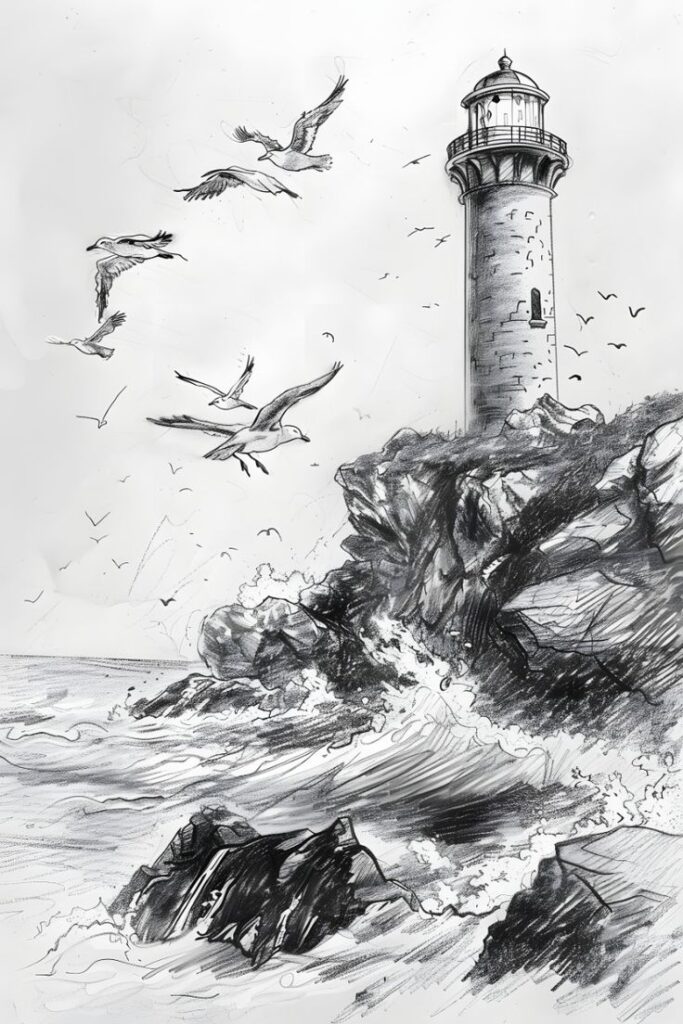
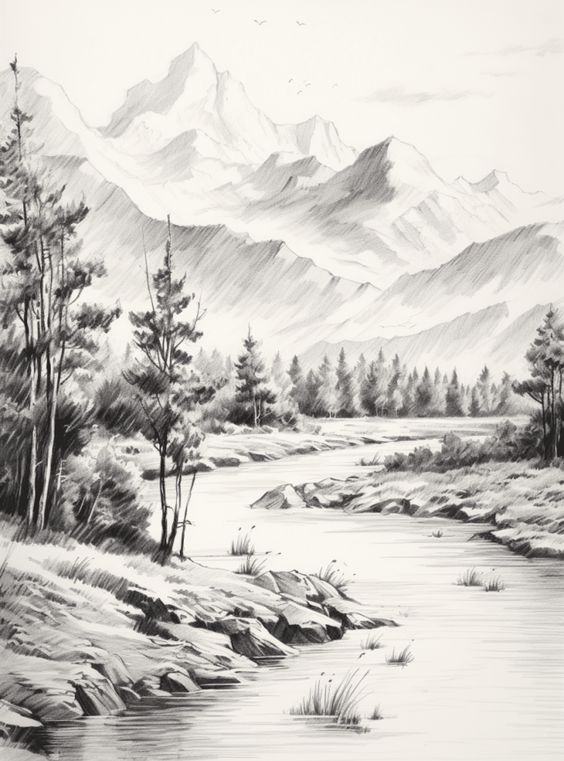
A seaside sunset provides an excellent opportunity for pencil drawing. The blend of colors in the sky can inspire creativity, making it a perfect subject.
Artists can focus on the horizon where the sun meets the water. Capturing the reflection of warm hues on the waves adds depth and interest.
Details like silhouettes of boats or palm trees can enhance the scene. These elements provide contrast to the vibrant sky.
Working on texture for the clouds and water can create a sense of movement. Varying pressure on the pencil helps define soft clouds and rippling waves.
Using shading techniques will bring the scene to life. Artists can experiment with different styles to convey the tranquility of the seaside at sunset.
This subject invites creativity and personal expression, allowing for unique interpretations. Each drawing can reflect the artist’s vision of a serene evening by the sea.
10) Abstract Forms
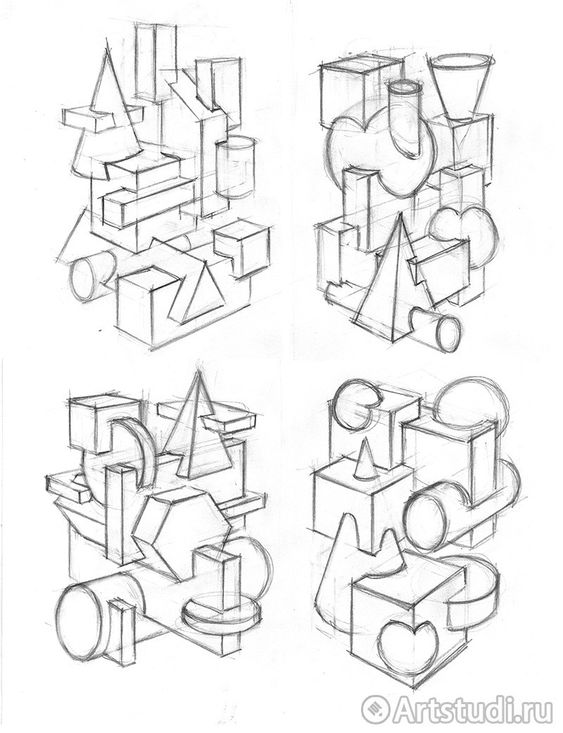
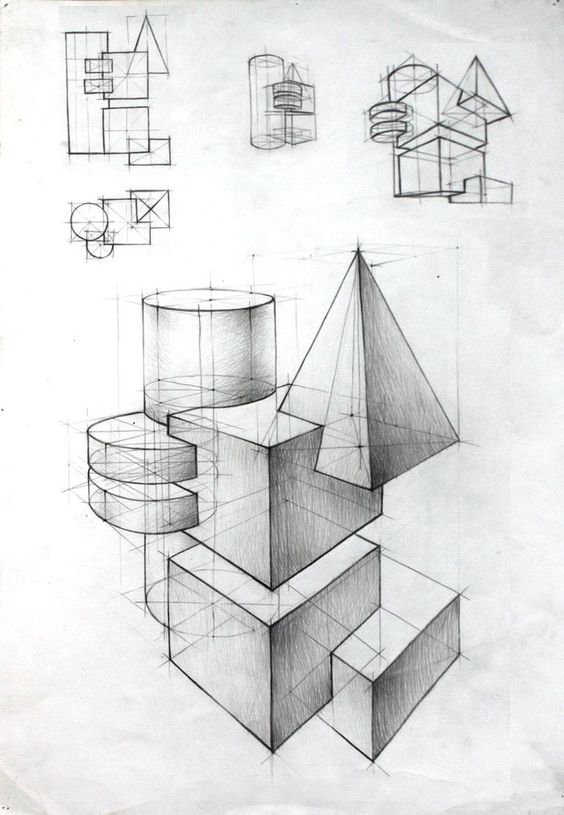
Exploring abstract forms can be a refreshing experience. It invites creativity and experimentation without the constraints of realism.
Artists can start by playing with shapes and lines. He or she can focus on creating a balance between forms, emphasizing curves and angles.
Using shading techniques enhances depth and dimension. They can use light and dark contrasts to make their work more engaging.
Color can also play a role, even in pencil drawings. Incorporating colored pencils can bring vibrancy to the abstract pieces.
The beauty of abstract art lies in its interpretation. Each viewer may see something different, making it a unique expression.
Encouraging spontaneity can lead to unexpected results. Artists can have fun with this process, not worrying about how their work is perceived.
11) A Comic Strip Panel
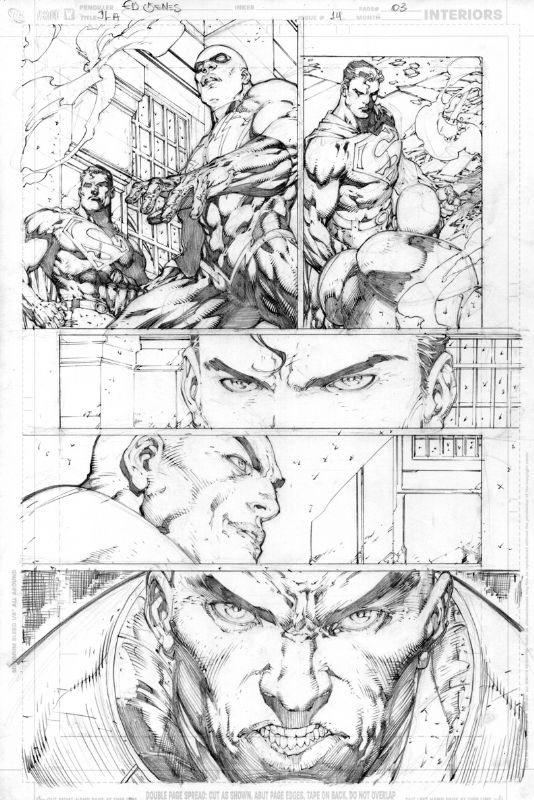
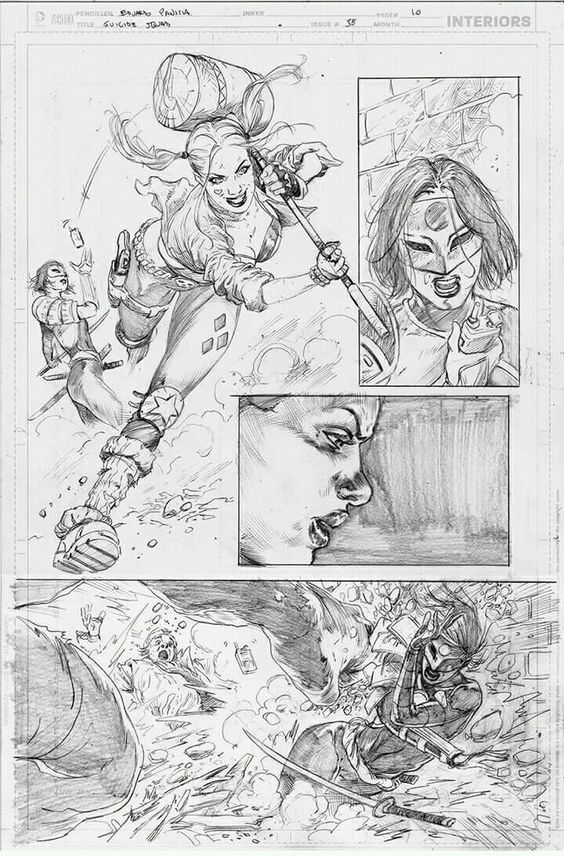
Creating a comic strip panel can be a fun and engaging way to express creativity. It allows for storytelling through both visuals and dialogue.
To start, she can sketch a layout of the panel. This includes defining the scene and positioning characters. Using simple shapes helps to outline where each element will go.
Next, he can focus on character design. Characters should convey emotion and personality through their expressions and poses. They may choose to exaggerate features to enhance the comic’s humor or drama.
Dialogue balloons are essential for a comic strip. She should consider what the characters are saying and how it fits the scene. Keeping the text concise makes it easier for the reader to grasp the story quickly.
After drawing the characters and dialogue, adding details like backgrounds or props can enhance the scene. Color can also be introduced to emphasize certain elements if desired.
Finally, reviewing the panel for clarity and coherence is important. This ensures that the story flows well and that the reader can easily follow along. A comic strip panel invites artistic exploration while conveying a story in a compact format.
12) Favorite Book Cover

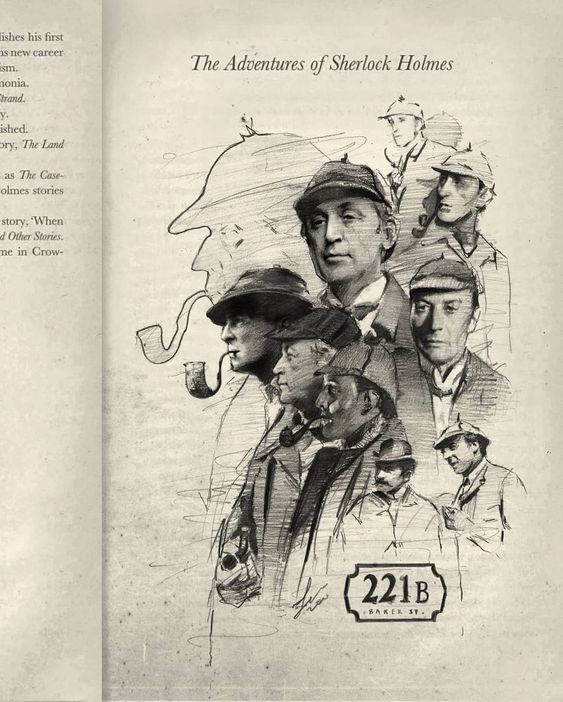
Creating a pencil drawing of a favorite book cover can be a rewarding project. It allows for personal expression and creativity.
She can select a cover that resonates deeply with her. This might be a cherished childhood book or a recent favorite that made an impact.
Using simple techniques, he can capture the essence of the cover art. Focusing on key elements such as colors, shapes, and typography will help in the drawing process.
Attention to detail will make the drawing stand out. Adding shading can give depth and character to the artwork.
This idea not only showcases artistic skills but also pays homage to beloved stories. It serves as a great way to celebrate literature through art.
Fundamental Techniques
Mastering fundamental techniques is essential for creating compelling pencil drawings. Two critical areas to focus on are shading and line quality, which significantly contribute to the overall effectiveness of a drawing.
Shading Basics
Shading creates depth and dimension in pencil drawings. To start, artists should understand the difference between hatching and cross-hatching. Hatching involves drawing parallel lines, while cross-hatching layers lines at an angle to build shadow.
Choosing the right pencil for shading is crucial. Soft pencils (like 4B or 6B) allow for darker, richer shadows, while harder pencils (like H or 2H) produce lighter tones.
Blending techniques, such as using a tortillon or a soft cloth, help smooth out harsh lines, creating a more gradual transition between light and dark areas. Recognizing light sources will guide effective shading, making forms appear more realistic.
Line Quality
Line quality refers to the variation and clarity of lines in a drawing. Achieving different line qualities can greatly enhance the drawing’s expressiveness. Using pressure variations on the pencil allows for thicker or thinner lines, adding dynamism to the work.
Straight, clean lines often depict structure, while softer, more fluid lines can convey movement or softness. Techniques such as contour drawing emphasize line work, capturing the object’s outline and form.
Additionally, artists can explore repetition and weight in their lines. Varying the pressure when applying the pencil can communicate emotion and bring character to the drawing. Understanding line quality helps artists convey their intended message effectively.
Choosing the Right Pencils
Selecting the appropriate pencils can significantly enhance the drawing experience. Different grades and types offer unique benefits, allowing artists to achieve their desired effects.
Graphite Pencil Grades
Graphite pencils are graded on a scale ranging from H (hard) to B (black), with F (fine point) in between. The key is understanding the differences between these grades.
- H Pencils: These are harder and produce lighter marks. Ideal for fine lines and detailed work.
- B Pencils: Softer and darker, perfect for shading and bold lines.
- F Pencil: A versatile option that combines qualities of both H and B.
A typical set might include grades such as 2H, HB, 2B, and 5B. For beginners, an HB pencil is a great starting point, providing a balance of hardness and softness.
Colored Pencils
Colored pencils come in various types, each offering different textures and blending capabilities.
- Wax-Based Pencils: These provide vibrant colors and are easy to blend but may smudge.
- Oil-Based Pencils: Known for their smooth application and richness, they can create more detailed works.
- Watercolor Pencils: Can be used dry or wet and allow for versatile techniques.
When choosing colored pencils, consider the lightfastness rating. This indicates the pencil’s resistance to fading when exposed to light. For best results, try using a combination of different types to explore various techniques and effects.
If you’re looking to stock up on supplies without breaking the bank, consider checking out the latest Michaels coupon code for discounts on art materials. It’s a great way to save while investing in your craft.
Creating Depth and Perspective
Creating depth and perspective in pencil drawings enhances the visual interest and realism of the artwork. Understanding various techniques allows artists to manipulate space effectively.
One-Point Perspective
One-point perspective is a technique that simplifies depth by using a single vanishing point on the horizon line. This method is often used for drawing roads, railway tracks, or interiors.
To begin, the artist should draw the horizon line across the paper. Next, they can establish the vanishing point at the center. Lines radiating from this point guide the shapes of objects. For example, the edges of a road or the walls of a room converge toward the vanishing point.
This technique helps create an illusion of three-dimensional space. By shading the objects based on their distance from the viewer, artists can enhance the sense of depth further.
Two-Point Perspective
Two-point perspective offers a more dynamic representation of space by incorporating two vanishing points. This technique is commonly used for drawing corners of buildings or cityscapes.
Artists start by drawing the horizon line and placing two vanishing points at opposite ends. Vertical lines represent the height of objects, while the horizontal edges converge toward both vanishing points. This creates a more realistic depiction of angles.
Adding details to buildings, such as windows or doors, should follow the perspective lines. Varying the shading based on proximity enhances depth, making objects appear more three-dimensional. Mastering two-point perspective opens up exciting possibilities in urban and architectural drawing.
- 1.1Kshares
- Facebook0
- Pinterest1.1K
- Twitter0

